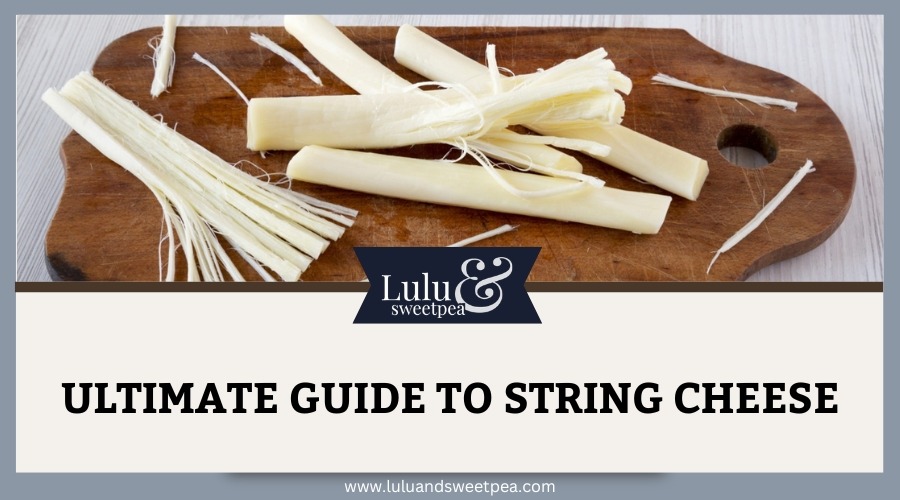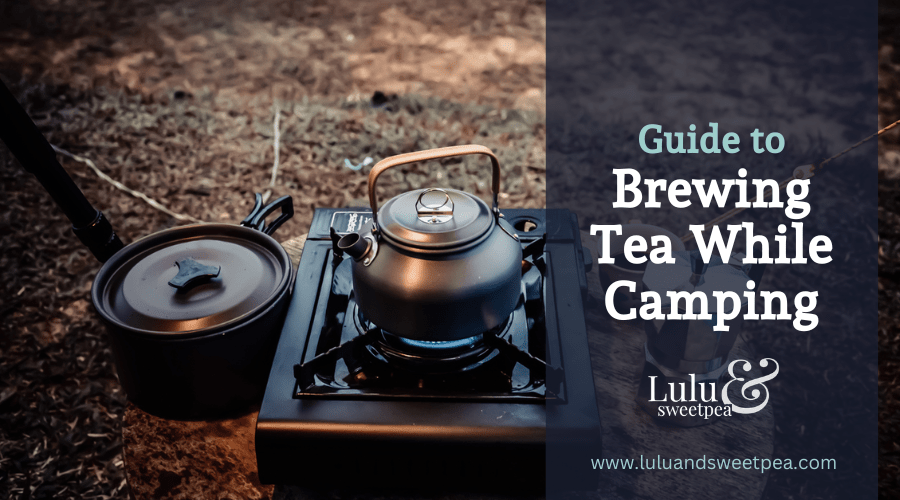The Ultimate Guide to Charcoal Pizza Oven Cooking
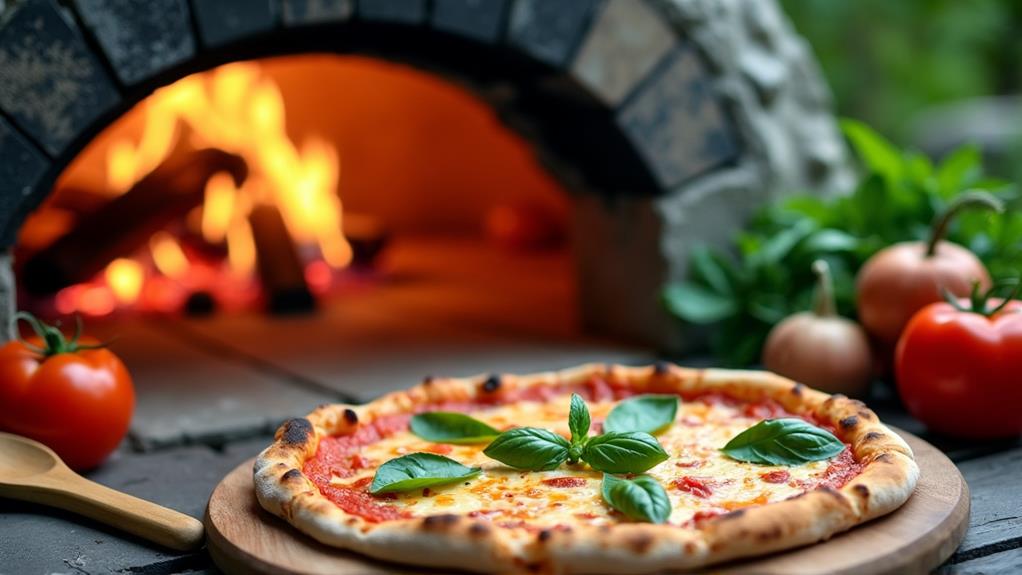
Perfecting homemade pizza starts with mastering the nuances of charcoal pizza oven cooking.
Whether you're a novice or an experienced cook, the type of charcoal you use is critical. Lump charcoal and coconut shell charcoal both offer unique benefits for achieving high temperatures and a crispy crust.
However, that's just the beginning. Effective airflow management and precise temperature control are equally essential.
Ready to elevate your pizza game? Let's explore how to master these elements and more.
Choosing the Right Charcoal
Selecting the right charcoal for your pizza oven is crucial to achieving that perfect, crispy crust. When cooking with charcoal, you want to focus on high temperatures and clean burns.
Lump charcoal is a top choice as it burns hotter and produces less ash, making it ideal for high-temperature needs. Made from pure wood, it provides a natural flavor without any chemical additives.
Charcoal briquettes offer consistent burn time and uniform heat, which can help maintain a steady cooking environment. However, they often contain additives that could affect the flavor of your pizza. To avoid this, opt for natural briquettes, which are free from these chemicals and provide a better taste.
Coconut shell charcoal is another excellent option. It's eco-friendly and burns hotter and longer, perfect for high-temperature cooking and reducing your environmental footprint.
While anthracite coal burns for extended periods, it's less common in pizza cooking due to ignition difficulties and potential flavor issues.
Managing Airflow for Optimal Heat
After choosing the right charcoal, the next step is managing airflow to achieve the ideal heat in your pizza oven. Start by adjusting the intake and exhaust vents. Open the intake vent at the bottom and the exhaust vent at the top to create a furnace effect that enhances heat retention and distribution. This setup ensures optimal heat and airflow throughout your oven.
Avoid obstructing airflow with charcoal or cooking stones. Use a grate instead of a solid plate to allow ash to clear itself, maintaining better airflow. A mix of large and medium-sized charcoal lumps will help prevent airflow restrictions and maintain consistent temperature control. Small charcoal chips can obstruct airflow and compromise your cooking performance.
Place your pizza stone carefully. Don't put it directly on the platesetter; instead, maintain air gaps to ensure better heat distribution and prevent overheating.
Regularly monitor the temperature and make necessary vent adjustments. The side and bottom vents are essential for controlling temperature fluctuations, ensuring your pizzas cook evenly every time.
Preheating and Temperature Control
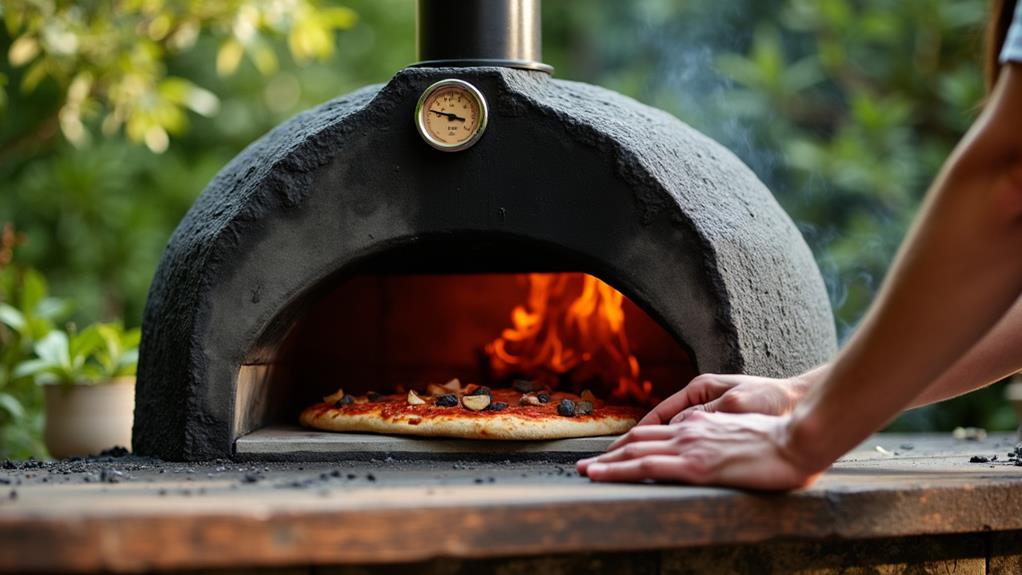
Mastering preheating and temperature control is crucial for perfect results with your charcoal pizza oven. Start by igniting a full load of lump charcoal using a chimney starter. This method efficiently lights the charcoal and avoids the need for lighter fluid, which can impart unwanted flavors.
Preheat the oven for about 30 minutes, allowing the ceramic walls to absorb heat until you reach ideal cooking temperatures of around 550°F.
To ensure consistent temperature, monitor the dome temperature with an infrared thermometer. Aim for a range between 700°F to 800°F, as the cooking surface needs to be near these temperatures for even baking.
Here's a quick guide to help you:
- Adjust the Vents: Open the bottom and top vents to increase airflow and temperature. Partially close them to maintain lower temperatures.
- Clear Ash Buildup: Regularly check and clear ash from the grill to prevent blocked vents, which can cause temperature fluctuations.
- Consistent Monitoring: Use your infrared thermometer frequently to check and adjust as needed for a steady temperature.
Using Heat Deflectors and Pizza Stones
Achieving the perfect pizza in a charcoal pizza oven involves the strategic use of heat deflectors and pizza stones. Heat deflectors are essential for redirecting direct heat from the fire, ensuring an even cooking temperature, ideally around 700°F, which is crucial for optimal pizza results.
A heavy-duty pizza stone, such as one made from Thermarite, is also important for a crispier crust. Thermarite can withstand high temperatures and absorb moisture effectively. To promote better heat distribution and prevent the stone from overheating, elevate the pizza stone on a stand or setup that creates air gaps, avoiding direct contact with the heat source.
Preheat the pizza stone along with the oven for at least 30 minutes to ensure it reaches the desired temperature for consistent cooking. For maximum heat circulation, don't place the pizza stone directly on the platesetter with its legs up. Instead, configure it in a way that allows airflow around the stone.
Cooking Techniques and Tips
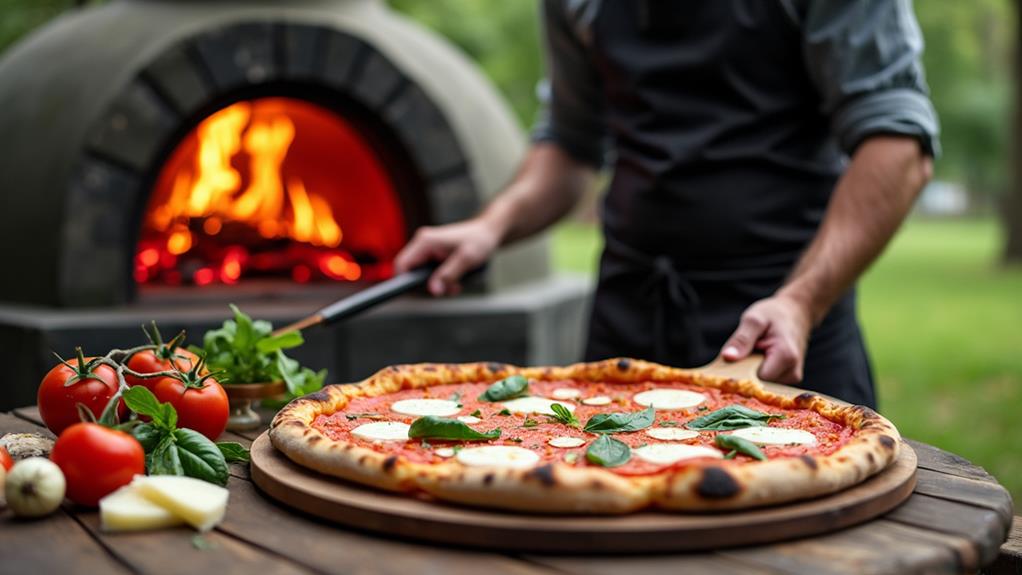
Perfecting your pizza in a charcoal pizza oven requires mastering a few essential techniques:
- Temperature Control: Aim for a dome temperature between 700°F and 800°F. This high heat ensures a crispy crust and evenly cooked toppings, essential for an authentic taste. Use fresh lump charcoal, ignited in multiple spots for even heat distribution. Preheat the oven for at least 30 minutes.
- Monitor Stone Temperature: Use an infrared thermometer to check the pizza stone temperature. It can drop by 30-40°F when you place the pizza, so adjust your cooking time accordingly.
- Rotate the Pizza: Rotate the pizza every 10 to 20 seconds during cooking to achieve even browning and prevent burning, especially in the high-heat environment of a charcoal pizza oven.
- Enhance Airflow: Use vents, like Pizza-Porta, to maintain the desired temperature. Proper airflow replicates the conditions of a traditional wood-fired oven, essential for an authentic pizza flavor.
Maintenance and Safety
Honing your cooking techniques is crucial for a delicious pizza, but maintaining your charcoal pizza oven and prioritizing safety are equally important. Regular maintenance ensures your oven operates efficiently and safely.
Start by cleaning out ash from the charcoal grill regularly to maintain proper airflow and cooking efficiency, preventing any buildup that could affect temperature control.
Always allow the oven to cool completely before performing any maintenance tasks to ensure safe handling of hot components and prevent burns. Periodically inspect the seals and insulation, as good heat retention is essential for consistent cooking temperatures in your charcoal pizza oven.
Store your charcoal in a dry place to prevent moisture, which can make it difficult to light and result in inconsistent burning. This simple step can save you many headaches during your cooking sessions.
Safety is paramount. Keep a fire extinguisher nearby and ensure proper ventilation when operating your charcoal oven outdoors to reduce fire hazards and enhance overall safety.
Additionally, regularly check the condition of your cooking grate to ensure it's free of rust and debris.
Conclusion
You've now got the ultimate guide to mastering your charcoal pizza oven. Remember to choose the right type of charcoal, manage airflow for optimal heat, and always preheat your oven while monitoring the temperature. Use heat deflectors and pizza stones to ensure even baking. By following these tips and techniques, you can recreate the authentic wood-fired pizza flavor at home. Maintain your oven properly and adhere to safety guidelines, and you'll become a pizza expert in no time!

